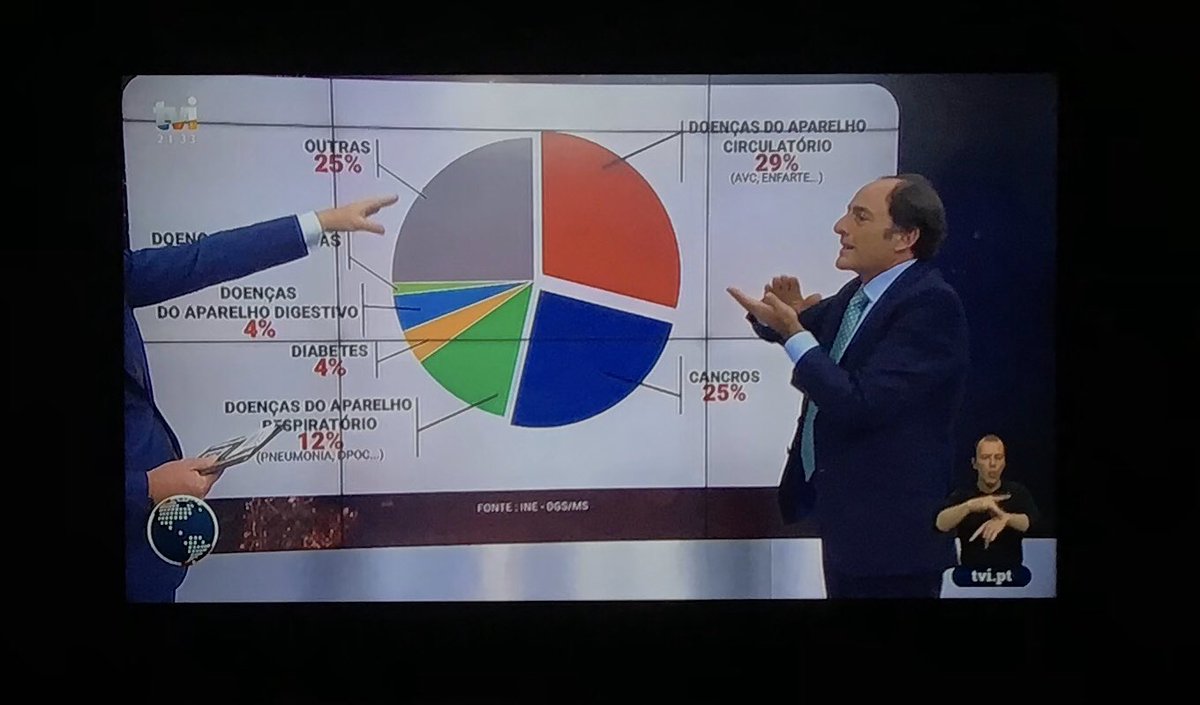The first time I used the expression on my blog:
Think “input before output”
This week I started to think that the expression is not the best for what I intend to convey. In this blogpost, "
Beyond product versus service", I put these two definitions of ISO 9000: 2015:
- Product - output of an organization that can be produced without any transaction taking place between the organization and the customer
- Service - output of an organization with at least one activity necessarily performed between the organization and the customer
When an organization focuses on its output, it thinks about product. You do not need interactions:
At the limit, the organization vomits as much as possible, wants to increase the pace at which produces in order to lower unit costs and be more competitive.
What do I mean by focusing on input?
Assume that what is the output of the organization is actually the customer's input. Something that the client will use to process in his life, in his own way.
However, now I realize that there is another word and another position for what I want to communicate ...
Think “outcome before output”
When thinking about the client's outcome there must be interaction with the client. Customers are all different and look for and value different things. Only by interacting with them is it possible to understand what each one values. Outcome is not a physical result, it is not a noun. Outcome is not the bottle and the wine that you drank, the outcome is the party is the good mood between friends.
Of course, if we are in a B2B relationship, our client, in addition to his outcome, will also have his output:
And if it is a B2B relationship, the organization should also consider their client's client and their outcomes:
And here we start to get into another classic theme of my blog: ecosystems. In an ecosystem, the objective is no longer to maximize value for the customer, but to maximize value for the ecosystem. Therefore, we can reach an ecosystem in which the customer is a prisoner of the relationship that the organization has developed with the customer's customer:
And I return to a blogpost from
March 2007 (in Portuguese)





































